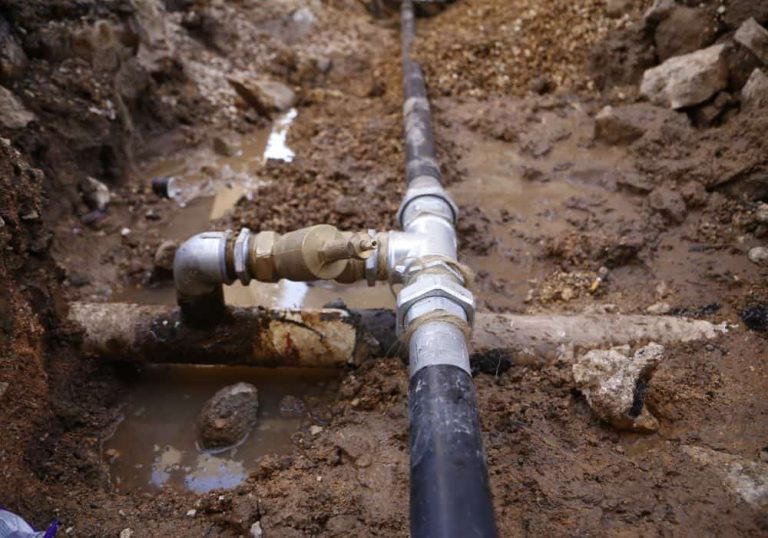Sewer leaks can cause a lot of damage in a short amount of time. This is why it’s important to detect and fix sewer line leaks early.
If you suspect a problem, take note of these common signs. These will help you identify the problem and contact a plumber to fix things.
Repairing a Broken Pipe
When a pipe breaks, it can cause significant damage to your property. This is why responding quickly is important so the problem can be fixed before you start to see water damage or mold growth.
The first step in repairing a broken pipe is to find the exact location of the break. This is where a pipe locator can come in handy.
It is also good to mark the spot above ground with stakes and flags. This way, you can be very precise when digging around the pipe.
Another common cause of breakage is cold weather. Freezing temperatures can freeze water in pipes, causing the pressure to build up and potentially burst them.
Tree roots can also be a major source of broken pipes. They can be aggressive about seeking out the tiniest crack in a sewer line, and they may even push through to break the pipe altogether.
Patching a Leak
A leaking sewer line can be a homeowner’s most troublesome plumbing problem. It could lead to costly repairs and a major water bill. It can also attract pests, such as cockroaches and centipedes, that are attracted to moisture.
The good news is that a sewer leak can be caught early with the help of sewer line leak repair Jacksonville, FL, so there is still time to fix the problem before it becomes more serious. The following tips will help you diagnose and repair a sewer line leak:
Wet Spots on the Lawn-Puddles, dips, and small valleys in your yard are a sure sign that your sewage line is leaking. This causes much water into your grass, making it grow more than it normally would.
Foul Odors in the Drains-A normal, intact main sewer line should be airtight, so if you start to smell foul odors like rotten eggs or sewage, something is likely leaking.
Replacing a Leaking Pipe
Replacing a leaking pipe may seem costly, but it is an important step in maintaining your home’s plumbing system. If left untreated, a leaking pipe can cause significant damage to your home and possessions.
A leaking sewer line can also lead to severe environmental impacts. A sewer line leak will erode the soil and cause mold and mildew to grow, damaging a home’s foundation and flooring.
There are several ways to repair a leaking sewer line. Some are more temporary than others, but all are worth trying before calling a professional plumber.
One of the most popular quick fixes is epoxy putty. This is a great option for straight lengths of pipes, as well as joint repairs.
Another simple solution is using a patch and clamp combo. This is a good alternative for repairing leaking PVC or copper pipes.
Clamps work on the same types of pipes and are a more permanent solution to repairing a leaking pipe. These are available at your local hardware store and can be easily installed.
Pipe Bursting
If your sewer line has been clogged or backed up, repairing it can be frustrating and expensive. Thankfully, there are many different plumbing repair options available to homeowners.
Trenchless repair methods such as pipe bursting are great for repairing leaking pipes without digging up your yard. They also reduce the risk of contamination and mold growth.
Pipe bursting involves simultaneously breaking up an existing pipe and replacing it with a new one. This method is ideal for repairing house-to-main lateral lines and restoring water flow to a clogged or damaged sewer system.
The process starts with defining an entry point and a receiving pit for the sewer line to be repaired. A “bursting head” specialized tool is inserted into the clogged or damaged sewer line and guided through to break up the old pipe.

